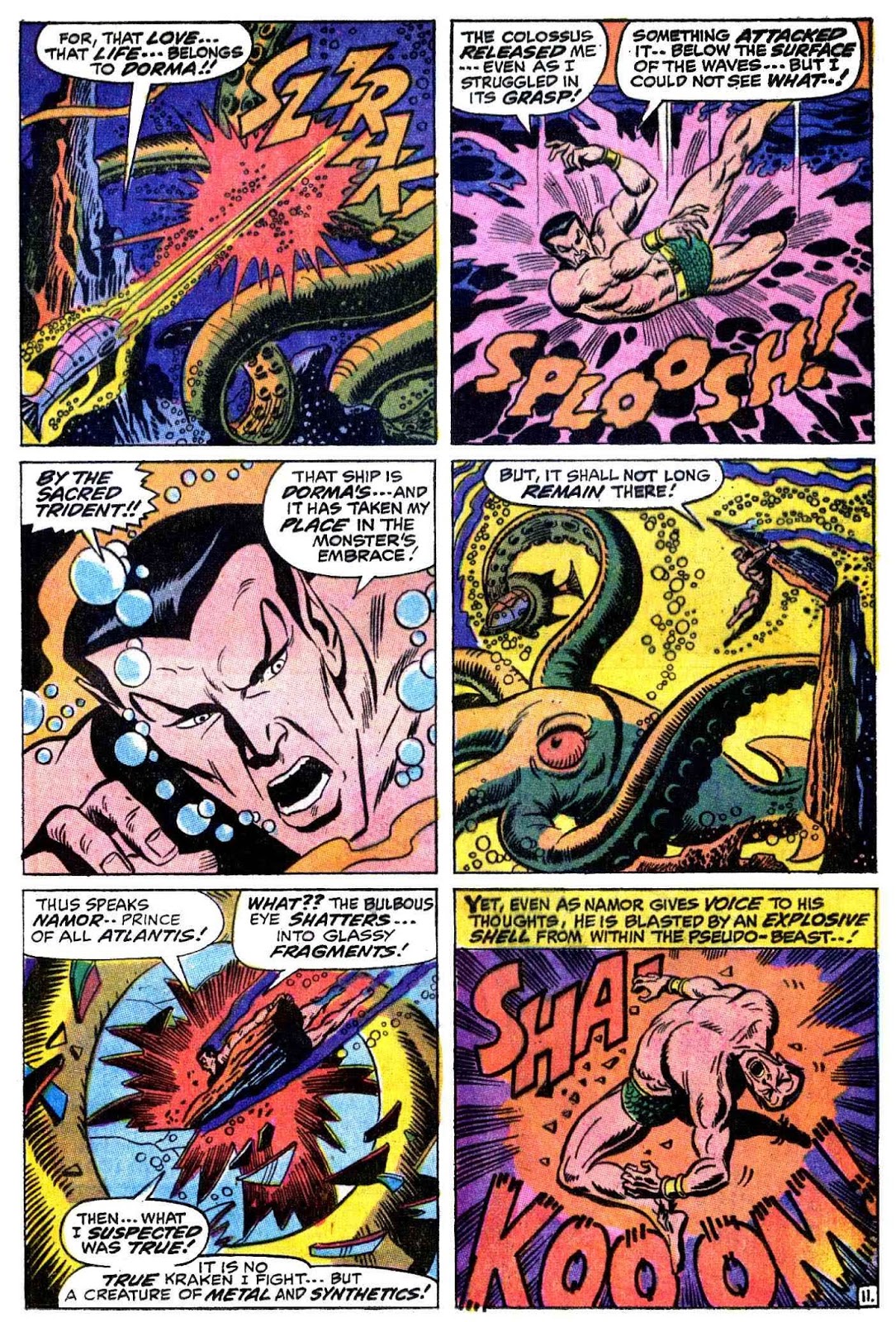Today’s Tentacle Tuesday doesn’t have an over-arching theme, other than featuring some bits and bobs I’ve accumulated – from something drawn in 1942 to a cartoon created by computer in 2020. In a sense, this way of proceeding is much closer to the way my brain works, jumping from theme to theme and adding brackets within brackets. This is somewhat off topic, but incidentally, if that’s the way your brain works, too, I highly recommend David Foster Wallace‘s non-fiction material (read 27 of his articles and essays here!) and The Good Soldier Švejk and His Fortunes in the World War by Jaroslav Hašek for a deliciously rambling approach to story telling and arguments.

If you’re not already following WOT’s favourite cartoonist Roger Langridge on Instagram, I highly recommend doing so: his daily slice-of-life strips provide an interesting glimpse into the author’s family life, inner dialogue, and artistic endeavours. You can also support him on Patreon (he has a measly 54 supporters right now – compare that to the thousands of subscribers boasted by some considerably less talented comics artists, who shall remain nameless). The following daily from December, 2020 features the aforementioned introspection, a glimpse at the artistic process, Garfield and tentacles.

Texan cartoonist Sam Hurt is the creator of Eyebeam, and I say that with a similar reverence that one would employ in talking about some deity that has concocted a self-governing universe. It is a strange, a bitter-sweet, topsy-turvy place with its own impeccable logic, to which our world remains criminally indifferent. Tackling the problem of talking about Eyebeam, which is both the name of the protagonist and the title of the comic strip, is something we haven’t yet had the courage of doing on this blog. Still, co-admin RG bravely dipped his toe in these waters and talked about a connected comic series – read his All Hail Peaches, Queen of the Universe! and admire his courage. I will also add that Sam Hurt is a great painter, and that I am lucky to have one of this paintings hanging on my office wall (best Christmas gift, ever).

From its humble beginnings around 1978, Eyebeam has grown and survived (with some interruptions) to this day! Strips from 1996 until now are available on GoComics. Someday, fortified with some Dutch courage, we will do a proper post about it, we promise.

I’ve never actually read Usagi Yojimbo, the eminently popular rōnin comic book epic by Stan Sakai. Rolling Stones’ slapdash list of best graphic novels, insultingly titled The 50 Best Non-Superhero Graphic Novels (which immediately makes one feel that they consider non-superhero comics somehow inferior), places it at 43. I will doubtlessly get around to at least reading one volume or two at some point – Sakai is definitely a talented artist, and I have nothing against anthropomorphic animals when they’re well-drawn. However, a dedication to reading the whole series is not for the faint-hearted: there are 35 books in total, which have been collected into nine omnibus volumes in more recent years, a considerable time commitment.
‘Usagi Yojimbo’ literally means something like ‘rabbit bodyguard’, which is what the main character, Miyamoto Usagi, is. Here he is fighting an octopus or two!



Theodor Seuss Geisel, far better known under the pen name of Dr. Seuss, was not only the author of famous books for children, but also a perceptive political cartoonist. Between 1941 and 1943, he was working for PM, a New York daily newspaper, and this is when he produced a series of satirical cartoons about the Policy of Appeasement, the British policy makers’ attempt at avoiding a war with Germany by conceding to some of Hitler’s demands.

I hope you enjoyed this somewhat random stroll through years and styles! For dessert, I would suggest The Cooking Cartoonist: Guilt-Free Ways to Prepare Octopus by Farley Katz. A bite-sized preview:

~ ds





























































